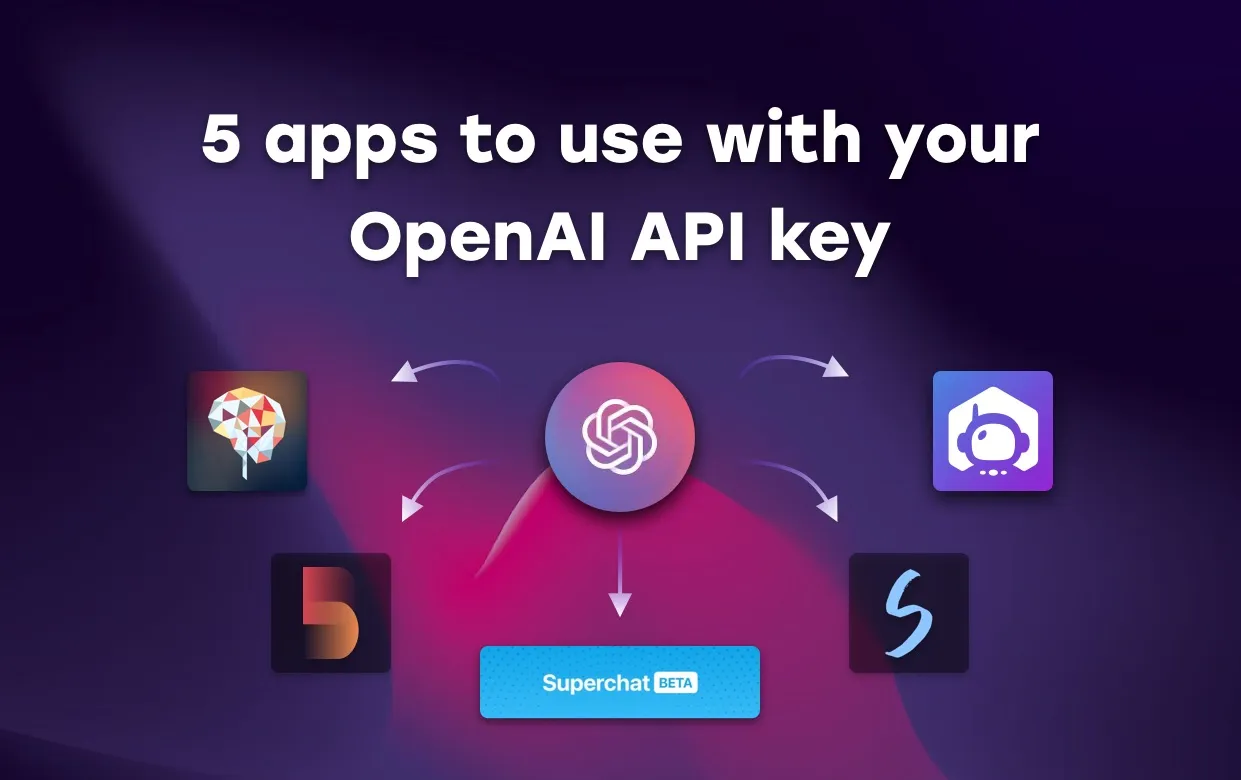How to build an AI agent with ChatGPT: A step-by-step guide
An artificial intelligence (AI) agent is like a virtual assistant, except that it uses AI rather than just simple programmed responses. You can use AI agents for a host of use cases, like customer service, personal assistance, task scheduling, and more. The best part? ChatGPT, the AI tool that most people are familiar with, can help you build your own AI agent.

What is an AI agent?
An AI agent is a software program that processes data and makes decisions autonomously. It can also learn from experience and execute actions without constant human supervision.
Some AI agents work behind the scenes, like fraud detection systems that monitor financial transactions. However, most of them engage directly with users, such as virtual assistants like Siri. These AI agents interact with users through text, voice, or both and use natural language processing (NLP) to understand user input and generate responses.
Why use ChatGPT for building an AI agent?
OpenAI's ChatGPT is a popular choice for building AI agents for several reasons. One key advantage is its natural language processing (NLP) capabilities. Since ChatGPT is trained on massive text data, it can understand and generate human-like responses to user input, making it ideal for AI agent development.

Another benefit is the customization options offered through OpenAI's API. Developers can integrate ChatGPT into various platforms to fine-tune responses and train the model on specific data to match their business needs. This adaptability allows for the creation of specialized AI agents for specific tasks.
Furthermore, ChatGPT is cost-effective compared to building an AI agent from scratch. As the model is already trained, developers save time and resources that would have been spent on data collection and training. The versatility of ChatGPT also allows developers to create AI agents for a wide range of applications with varying levels of complexity.
Steps to build an AI agent with ChatGPT
1. Define the purpose of your AI agent
Start by deciding what tasks your AI agent will perform and the problems it will solve. Whether it's scheduling appointments, assisting with daily tasks, or providing customer support, clearly define the objectives of your AI agent.
2. Obtain OpenAI's API key
Sign up for OpenAI's API, get your API key, and store it securely. This key will be used to access the API for training and interacting with your AI agent.
3. Develop the core logic of the AI agent
Use a dataset with examples of human interactions related to the AI agent's task. Utilize programming languages like Python or JavaScript, along with frameworks like TensorFlow, to build the core logic of the AI agent.
4. Implement decision-making processes
Ensure that the AI agent can analyze input and take appropriate actions based on the task at hand. Test the agent with different inputs to fine-tune its algorithms and parameters.

5. Integrate external data sources
If your AI agent requires data from external sources, integrate APIs or SDKs provided by these sources into the agent's core logic. This allows the agent to access and utilize external data as needed.
6. Choose the user interaction channel
Select the medium through which users will interact with the AI agent, such as a web interface, chat platform, voice assistant, or email. Tailor the channel to suit your target audience and deployment platform.
7. Test and deploy the AI agent
Thoroughly test the AI agent for accuracy and performance before deploying it for users. Monitor its performance post-deployment and make improvements based on user feedback and data analysis.
By following these steps, you can successfully build an AI agent with ChatGPT and create a valuable asset for your organization.

For a more streamlined approach, consider using Jotform AI Agents, which offer automation functionalities for a variety of industries and tasks without requiring extensive programming knowledge.




















